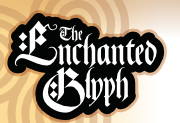|
Knotwork is best
known for its striking designs of interwoven lines. To varying degrees
this artistic form has been used by nearly all cultures of Europe,
the Middle, and Far East. As other peoples saw knotwork designs
fade from their heritages the Celts embraced and explored them further.
For many of us today the word knotwork is synonymous with the twisting
zoo-morphs, complicated woven backgrounds, and braided borders of
the Celtic tradition.
The bold over and under construction of these designs, often with only
a single ribbon making up the entire pattern, seem to imply a sense of
journeys and cycles. Through all of its turns and crossings the end of
the path is only the beginning.
The beast forms, or zoo-morphs, when used in groups with threads binding
one to another seem to suggest an interconnectedness between all life,
even creatures at battle. When they appear singly these figures, contorted
with the effort of grasping themselves, remind us of our own internal
struggles for self-mastery, personal understanding, and enlightenment.
Though we have no way of knowing if these ideals were intentionally
expressed by the knot's creators there can be no doubt as to our
own powerful responses to them. Whether or not they carried any
deeper hidden meanings these patterns cannot be dismissed as merely
busy decorative treatments. It is certain that the people who painstakingly
wrought their knotted designs in stone, painted them in miniature
in the illuminated borders of manuscripts, or fashioned them in
the metal of their jewelry and armor were willing to make a huge
personal investment of skill, labor, and time. That effort alone
is sufficient evidence of the value and importance they placed on
this art form.
For more information click on any image or title.
New! New! New!
If you like these designs you'll want to visit the Enchanted
Glyph Art Gifts Store page where we are offering some of
Ben's beautiful full color bird zoomorphic designs on coffee mugs
and other fun gift items. Start your day the knotwork way!
|
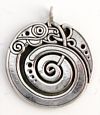 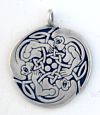 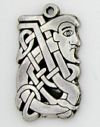 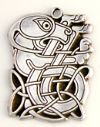 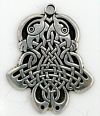 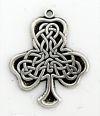 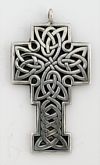  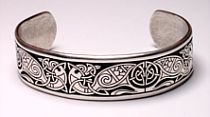    |
